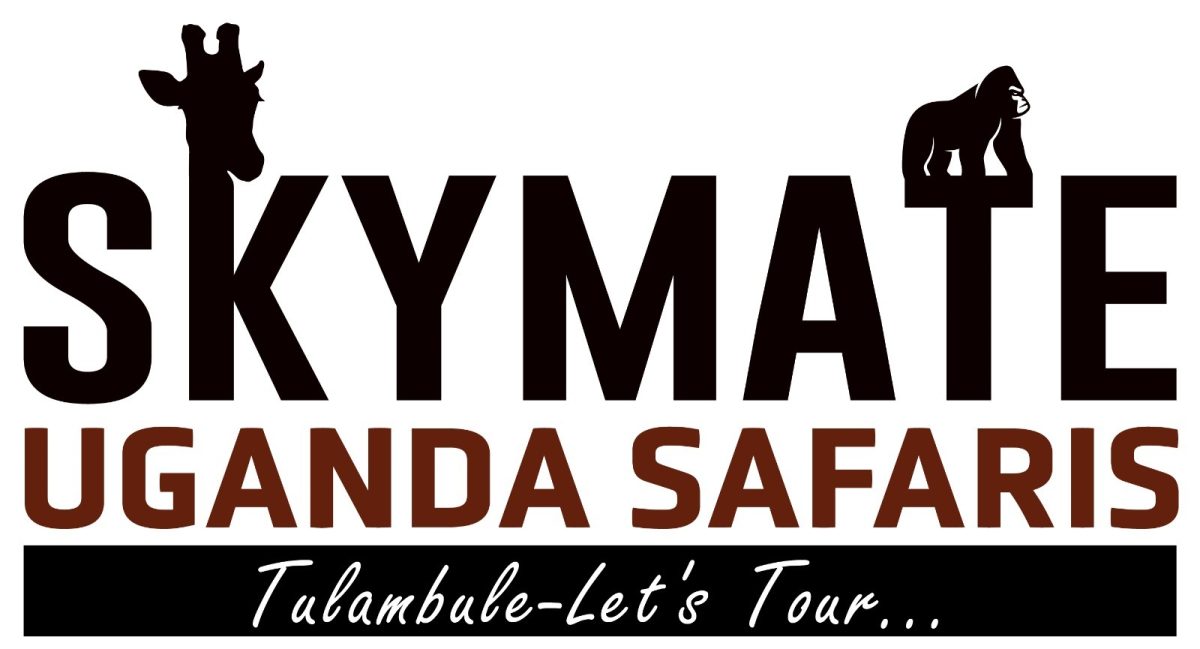Gishwati-Mukura National Park is the newest of the four national parks in Rwanda. The park was gazetted in 2015. In 2020, it was declared a Biosphere Reserve by UNESCO.
Gishwati-Mukura National Park comprises two natural forests of Gishwati and Mukura. These two forests covers an area 35.58 square kilometers in the districts of Rutsiro and Ngororero. They are about 50 kilometers apart. The area between them has been set aside for reforestation. At this point, only the Gishwati sector, an exciting new chimpanzee trekking destination, is developed for tourism.
Gishwati-Mukura National Park Pros & Cons
- Semi-habituated chimpanzees can be seen on forest hikes
- Good birdwatching with many Albertine Rift endemics
- Simple but well-run guesthouse with beautiful views
- New off-the-beaten-track Rwanda safari destination
- Well-maintained nature trails and beautiful waterfall
- Cultural encounters in the neighboring communities
- Chimpanzees and monkeys are less habituated to humans than in more established places
- Only a two-room guesthouse and camping available
- No day visitors allowed
Animals in Gishwati-Mukura National Park
The main animal attraction of Gishwati-Mukura National Park is a community of 25 wild and semi-habituated chimpanzees that lives in Gishwati Forest. Although they know and are comfortable with the trackers, they are still weary of strangers. As a visitor, you will be an important part of the habituation process.
At this stage, sightings are of variable quality, but tracking on foot and seeing these charismatic primates in the wild is an exciting adventure and you will probably have the encounter to yourself. Your best chance of a quality encounter is to head out to their nests before dawn. Watching them wake up, interact and start their daily activities is very special, and so are their loud vocalizations when they spot you.
The chimpanzees share the Gishwati-Mukura National Park with golden monkeys and L’Hoest’s monkeys, both endemic to the Albertine Rift. Side-striped jackals can sometimes be spotted trotting on the trails, and you may also see the elusive black-fronted duiker scurrying off in the undergrowth. Also keep your eyes peeled for the pre-historic looking Rwenzori three-horned chameleon. Other forest creatures include servaline genet, African civet and Rwenzori sun squirrel.
Birds in Gishwati-Mukura National Park
Gishwati Forest in Gishwati Mukura National Park offers great bird watching. Over 150 species have been sighted and recorded so far. Around 20 of these are endemic to the Albertine Rift Valley.
With a knowledgeable birding guide who knows the bird calls, you should be able to tick off many lifers here. You will easily spot the Great blue Turaco and Ruwenzori turaco, and you will possibly pick up some of the colorful sunbirds too. Also search for the handsome francolin and you may encounter it scurrying away in the forest undergrowth. Bird watching in Mukura Forest looks very promising, but there are currently no trails yet.
Below is a list of Gishwati-Mukura’s Albertine Rift Endemics/birds that only lives in the Albertine Rift:
- Archer’s robin-chat
- Blue-headed sunbird
- Dusky crimsonwing
- Grauer’s swamp warbler
- Grauer’s warbler
- Handsome francolin
- Kivu ground thrush
- Mountain masked apalis
- Purple-breasted sunbird
- Red-faced woodland warbler
- Red-throated alethe
- Regal sunbird
- Ruwenzori apalis
- Ruwenzori batis
- Ruwenzori double-collared sunbird
- Ruwenzori nightjar
- Ruwenzori turaco
- Strange weaver
- Stripe-breasted tit
- Willard’s sooty boubou
- Yellow-eyed black flycatcher
Best Time To Visit Gishwati-Mukura National Park
Gishwati-Mukura National Park can be visited at any time. However, the best time to visit is during the Dry season which starts from June to September. This dry period offers the best forest hiking conditions. Although it can rain at any time, there is lots of sunshine in the dry season months. The nature trails will be less slippery and getting out in dry conditions is overall more pleasant.
How to Get to Gishwati-Mukura National Park?
Your entry point into Rwanda will most likely be Kigali International Airport, on the outskirts of the capital city of Kigali. Gishwati-Mukura National Park is easily accessible from Kigali.
It is located on a good surfaced road 170 kilometers from the city and the drive takes approximately 4 hours. The last kilometer requires a 4×4 safari vehicle.
The distance from Rubavu Town is about 35 kilometers and from Musanze Town near Volcanoes National Park is around 70 kilometers. The respective driving times are 1 and 2 hours.
All over Rwanda the speed limit is 60 kilometers per hour. Gishwati-Mukura National Park is usually visited as part of a 4×4 tour around the country with a driver-guide. There are currently no domestic flights to Gishwati-Mukura National Park or any nearby towns.
Where To Stay In Gishwati-Mukura National Park?
You will find just one lodge in Gishwati-Mukura National Park as it still a fairly new park. Like the sister property of Bisate Lodge at Volcanoes National Park, the Gishwati Lodge offers minded vacationers an offbeat, adventurous place to stay.
The lodge features just 6 rustic cottages and accommodate up to 12 guests in total. You can use the forest lodge as a base to view beautiful rare primates in their natural habitat. Proceeds generated by visitors to Gishwati-Mukura National Park will be allocated toward further development of the woodland wilderness, with a particular focus on creating the vital corridor linking Gishwati-Mukura to other conservation areas, and the preservation and population growth of the eastern chimpanzees of the park.
